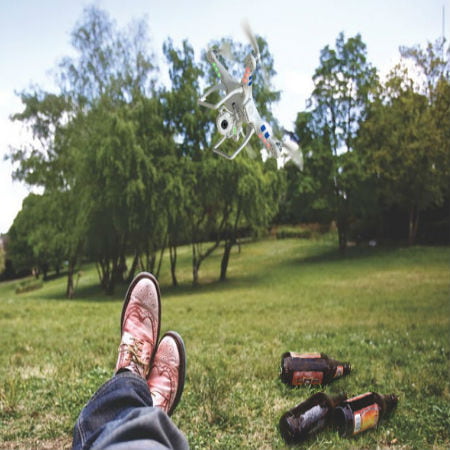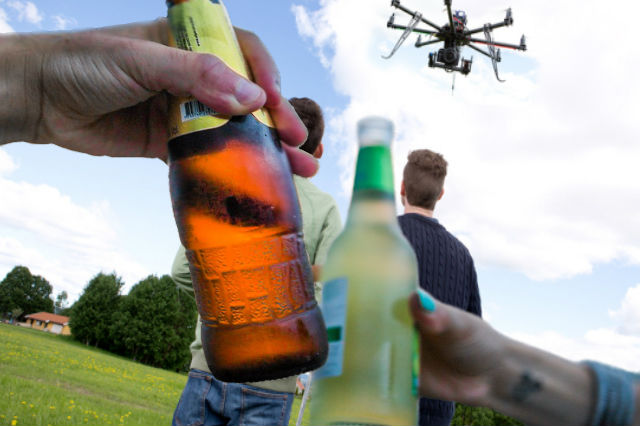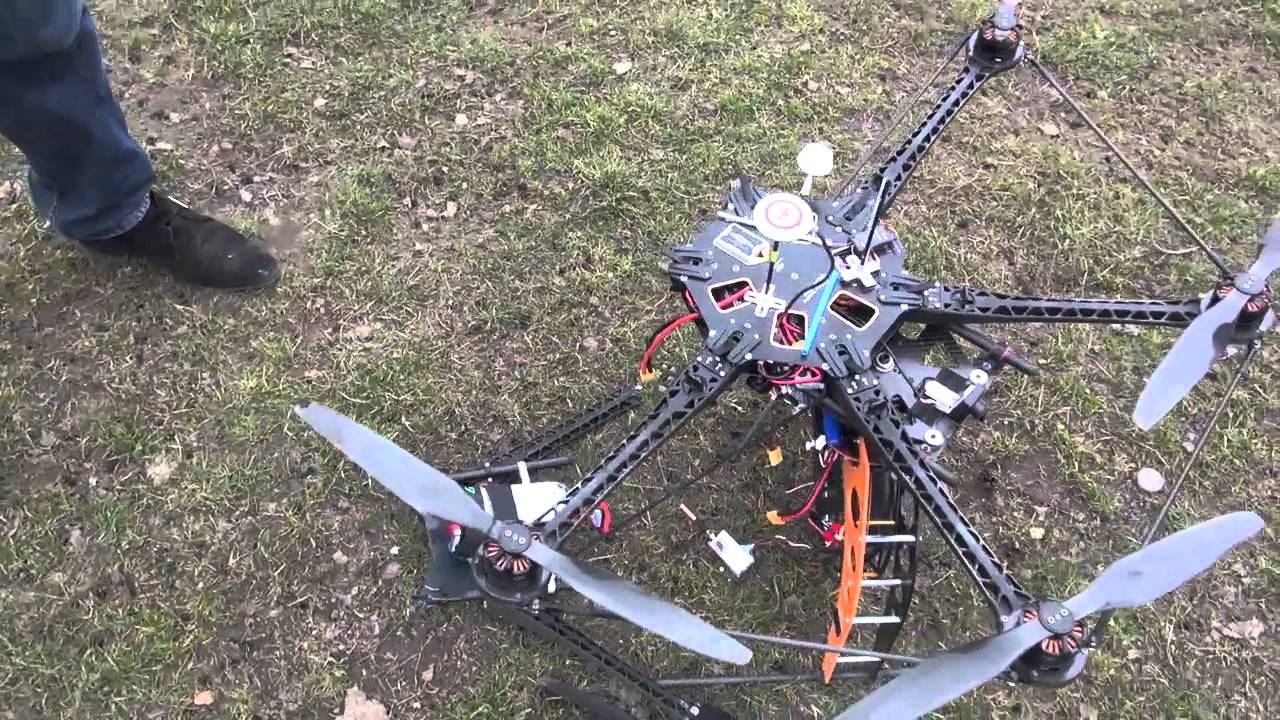
Navigating unmanned aircraft law is as complicated as flying in the sky. More so, flying drones when drunk is definitely an unsafe thing to do.
It’s not only driving under the influence of alcohol that is prohibited but also flying. After you’ve had a couple of shots of vodka, you have this urge to get your drone out for a circle, not minding that it’s already late. And then a branch from a nearby tree suddenly leaps into your drone’s path, sending it down to your neighbor’s lawn.
What happens now, finders keepers?
Why Flying Drones When Drunk Shouldn’t Be Done
Scroll down for videos

According to Dave Mathewson, the executive director of the Academy of Model Aeronautics, drinking and flying of any type of model aircraft is prohibited. The organization has 175,000 members and was established in 1936. To avoid aircraft flying–related problems, the group together with Federal Aviation Administration and several other organizations launched a campaign called Know Before You Fly, which aimed to educate and guide first-time recreational pilots on how to fly responsibly and safely.
The campaign encourages pilots to fly their unmanned aircraft under 400 feet high and at least five miles away from the airport and should keep their drone within their sight.
“This allows the operator to have situational awareness of the airspace around him and gives the ability of sense-and-avoid that is so prominent—and the number one priority—for all operators in the national airspace,” says Mathewson.
These guidelines are applicable only to those who fly their drones for fun. Those who use their drones for checking their gutters for leaves are not included, not because they are exempted but because drones are not authorized for that uses.
“The FAA will tell you that there are no guidelines under which you can do that, although we also know that there are probably thousands of operators out there right now that are using the technology for various things including checking out your roof. We know that there’s search and rescue activity taking place.”
The FAA has been drafting special drone regulations since 2009 but have been delayed many times. “Once these regulations are put in place, this will define how other uses of the technology can operate in a national airspace,” he says. You read that right, National Airspace. Because technically, the space above your roof is under the control of the National Airspace, hence the directive to fly your drone below 400 feet.
For those who fly their drones to make money, it’s another matter. All flyers are required by the FAA to apply for a Special Airworthiness Certificate, it’s like a pilot’s license. For commercial flyers, they need to apply for an exemption.
Early this year, 12 out of 214 applications for exemption were granted by the FAA. The bottleneck was probably because of the drone’s increasing popularity. “The technology is evolving so quickly that it’s been difficult for the FAA to keep up,” says Mathewson.
Currently, the law enforcement agencies were given orders to investigate unauthorized drone activity, which includes flying drones when drunk.

Heliguy
As to the question regarding the crashed drone, you may base it on the old property law, which states that your drone will continue to be at the care of the property owner unless you go and retrieve it. In some states, law requires people to turn over lost items to the government, and if it’s not claimed within a certain period, the owner will lose its right. But then again, flying drones when drunk is a big no.
Watch the videos below